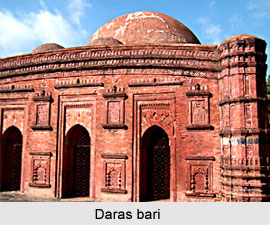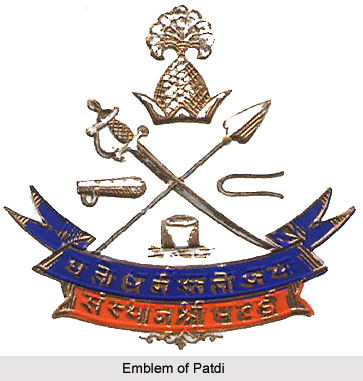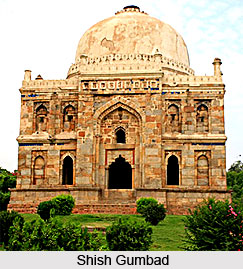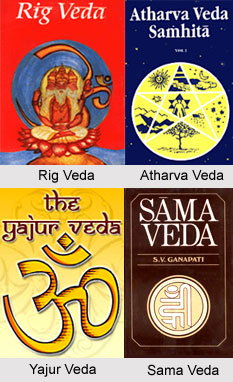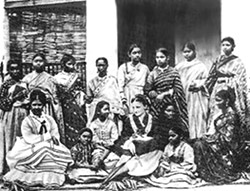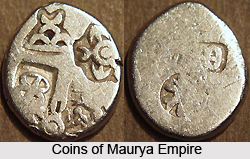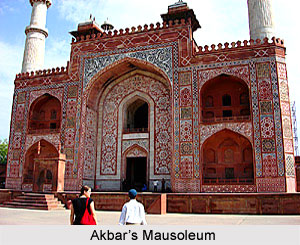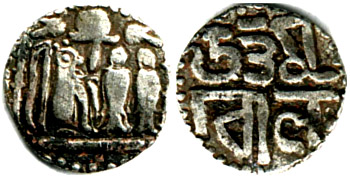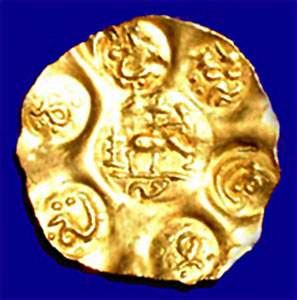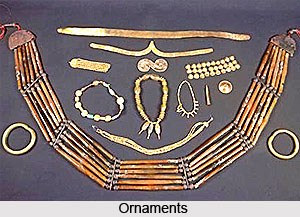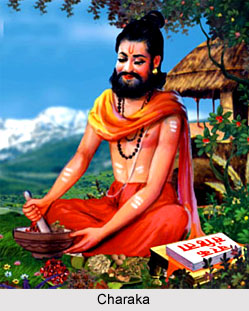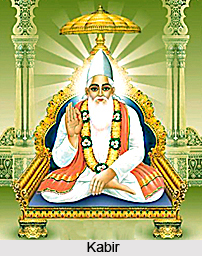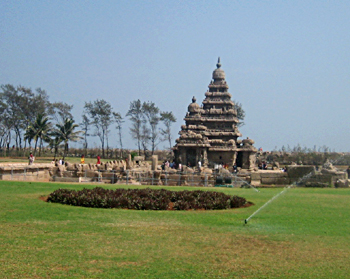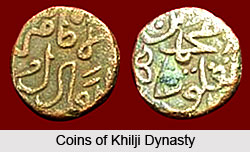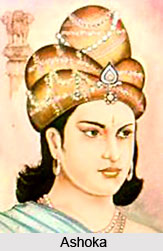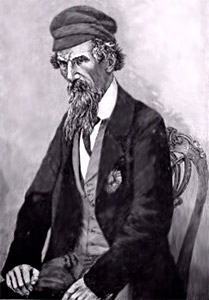 The northwest insurgency paved a potent and disturbing way towards the historic revolt of 1857. The Government had, towards the end of April, been hugely satisfied with their acts and rulings in the Barrackpur insurgency. Thinking that the disturbances were purely local, and that the disaffection displayed in Bengal had not penetrated the North-west, they had actually resolved to send back the 84th foot to Rangoon, as soon as the 34th N. I. were dealt with. They had in reality engaged transports for that purpose. Nor did the advices they received from Oudh and the upper provinces, just before the disbandment of the 34th, hasten them to reconsider the position and to change their plans. It required the outbreak of the 10th of May at Mirath (Meerut) to impress upon them the reality of the danger.
The northwest insurgency paved a potent and disturbing way towards the historic revolt of 1857. The Government had, towards the end of April, been hugely satisfied with their acts and rulings in the Barrackpur insurgency. Thinking that the disturbances were purely local, and that the disaffection displayed in Bengal had not penetrated the North-west, they had actually resolved to send back the 84th foot to Rangoon, as soon as the 34th N. I. were dealt with. They had in reality engaged transports for that purpose. Nor did the advices they received from Oudh and the upper provinces, just before the disbandment of the 34th, hasten them to reconsider the position and to change their plans. It required the outbreak of the 10th of May at Mirath (Meerut) to impress upon them the reality of the danger.
The disbandment of the 19th N. I., on the 31st of March, had sent back to Oudh nearly a thousand men to preach hostility and treason. The seeds of distrust had already been sown there by the chief crusaders. It wanted, then, but practical proof of the determination of the Government to carry out their plans at all costs to apply the spark to the material collected. The presence of the disbanded men of the 19th supplied that `spark`. No open action had taken place in Oudh before their arrival in that province. After their advent, Oudh became the chief focus of the rebellion.
Lakhnao (present day Lucknow), the capital of Oudh, was ruled by the chivalrous and capable Sir Henry Lawrence. No man more than he had lamented the tendencies of the time to introduce a western system of local government among an oriental people. No man had been more eager to stand on the ancient ways, the ways familiarised to the natives of India by centuries of use - to utilise the utmost care and discretion in introducing changes. Hence, Sir Henry Lawrence was popular with all classes of natives. He possessed a greater influence over them than any man then living. But Sir Lawrence had come to Oudh after the evil seeds sown by his immediate predecessor had begun to bear fruit- when the native landowners had been disoriented, the supporters of the native rule had begun to conspire, and when the effects of the annexation were being realised by the numerous families which had sent a son or a brother into the sipahis` (soldier) army, in order that he might secure for them the support of the English Resident in their local Courts. When Sir Henry arrived, then, the mischief had been done, and he had had no power to fix it.
The events at Barhampur and Barrackpur had been watched by Sir Henry Lawrence with the deepest interest. Naturally, he had taken particular pains to satisfy himself whether the causes which had produced the outbreaks at those stations had affected the three regular native regiments - the 13th, the 48th, and the 71st N. I., which garrisoned in Lakhnao. But it was not till the end of April, just about the time when the disbanded men of the 19th N. I. were stealing into the province, that he detected, or thought he detected, suspicious symptoms in the 48th N. I. He reported the circumstance to Lord Canning, and at once received permission to write to the Commander-in-Chief to have the regiment removed to Mirath. But to Sir Henry`s mind the proposed remedy was no remedy at all. He wrote in that sense, on May 1st, to the Governor-General.
Two days later Sir Lawrence discovered that subversive communications were passing between the men of a local regiment and the 48th. The men of the 7th Irregular Cavalry, stationed seven miles from Lakhnao, had advanced to explicit acts against their officers, and that the greased cartridges were in both cases the alleged cause of the ill feeling. The act of the 7th Irregulars, in the opinion of Sir Henry, required prompt subjugation. Accordingly, he marched that night, with the three native regiments - the 13th, the 48th, and the 71st N. I., the 32nd foot, and a battery of eight guns, against the peccant regiment. The men of that regiment, terrified by this demonstration, submitted without a blow. They laid down their arms at the given order, and allowed their ringleaders to be arrested, with every sign of penitence and submission.
On the 4th of May the telegraph wire flashed to Lord Canning an account of this mutiny and its subjugation. It was the receiving of this news which decided his oscillating council to disband the 34th, a measure which was carried out on the 6th. The effect which the simple disbanding of a mutinous regiment produced on the other native regiments of the same brigade was illustrated a few days later. A Jamadar (this was a rank used in the British Indian Army, where it was the lowest rank for a Viceroy`s Commissioned Officer) of the 70th N. I. was arrested at Barrackpur in the act of exhorting his men to rise in revolt. Brought to trial before a court composed of native officers of his own caste, he was sentenced merely to dismissal. Unfortunately this lenient punishment for mutiny was approved and confirmed by the Commander-in-Chief. The publication of this approval gave rise to the worst effects.
Unfortunately for Lord Canning, himself one of the noblest of men, there was no one about him to inform him that the punishment of disbandment in such times as he was entering upon, was no punishment at all. There was not a native regiment in the Bengal Presidency which was not during this period not only ready to dissolve itself, but also to turn with all the fury of men excited by fancied wrongs against the masters they had served. But the truth is, there was not a man about him who had penetrated below the surface, who had the wit to see that this hostility was no transient feeling, to disappear at the command of a few hard words. In the language of the Home Secretary, employed when the discontent had become infinitely more pronounced than it was at the beginning of May, it was, in the eyes of his councillors, `a passing and groundless panic` which required no extraordinary action on the part of the Government. Blunderings went on, on behalf of the Britishers, giving the freedom fighters an upperhand position. Lord Canning punished a mutinous regiment by disbanding it. The Commander-in-Chief announced to the army that he considered simple dismissal as a fitting punishment for a native officer caught red-handed in preaching mutiny to his own men, and finally, the Governor-General, notifying to the army the doom of the 34th N. I., declared to the sipahis that similar conduct on their part would subject them to punishment `sharp and certain`.
Notwithstanding the belief of the Government that the discontent was local, almost every post brought information that it was not confined to Bengal, that it had shown itself in other places than Lakhnao. Regiments, widely separated from one another, were equally contaminated. In the important station of Mirath, situated almost midway between the Ganges and the Jamnah (modern day Yamuna river), thirty-six miles from the imperial city of Delhi, the sipahis had become impregnated with the idea that the flour sold in the bazaars had been deliberately mixed with the bones of bullocks, ground to a fine powder. The conspirators who had fabricated this story were the men who had invented the tale of the greased cartridges, and they had fabricated it with a like object. Nothing tended more to prove the proneness of the minds of the sipahis to accept any story against the masters they had served for a century, than the readiness with which they accepted this impracticable rumour. They were not to be persuaded that it was untrue. They soon took a much more decided step in the path of mutiny.
A parade of the 3rd Native Light Cavalry had been ordered for the morning of the 6th of May. When, on the preceding evening, the ordinary cartridges were issued to the men, eighty-five troopers of that regiment declined to receive them. In vain did their commanding officer try to reason it out; in vain did the Brigadier attempt to persuade them. Such a breach of discipline could not be passed over. The men were confined, were then brought with all hastiness to a court-martial. The band composed entirely of native officers, and was sentenced by the members of that court to periods of imprisonment, with strenuous labour, varying from six to ten years. Under the orders of the Commander-in-Chief, to whom the question had been specially referred, the General commanding the Mirath division, General Hewitt, prepared to put into execution the finding of the court-martial on the mutineers of the 3rd N.L.C. He ordered a general parade for the morning of the 9th. There were present at that parade at daybreak - a regiment of Carabineers, the 60th Rifles, the 3rd Light Cavalry (native), the 11th and 20th regiments N. I., a troop of horse-artillery, and a light field-battery. The condemned mutineers were marched to the ground, were stripped of their accessories. Then, every man was shackled and ironed. They were all lifeless when marching to the gaol, a building about two miles distant from the cantonment, and guarded solely by natives. There were morose looks among the armed troopers of the 3rd. But there was no open demonstration. Like Lord Canning and his advisers after the disarming of the 34th N.I., General Hewitt and the officers at Mirath congratulated one another on the alacrity and success with which a sharp punishment had been meted out to men who had defied the authority they had sworn to obey.
But the acts of the 19th N. I. at Barhampur, of the 34th at Barrackpur, of the men whom Major Cavenagh was carefully watching in Fort William, of the deluded sipahis near Lakhnao, and of the 7th N.L.C. at Mirath, were but the harbingers to a more terrible tragedy. The great movement, of which those acts were only the premonitory symptoms, was, on that 9th day of May, on the eve of its outbreak.


